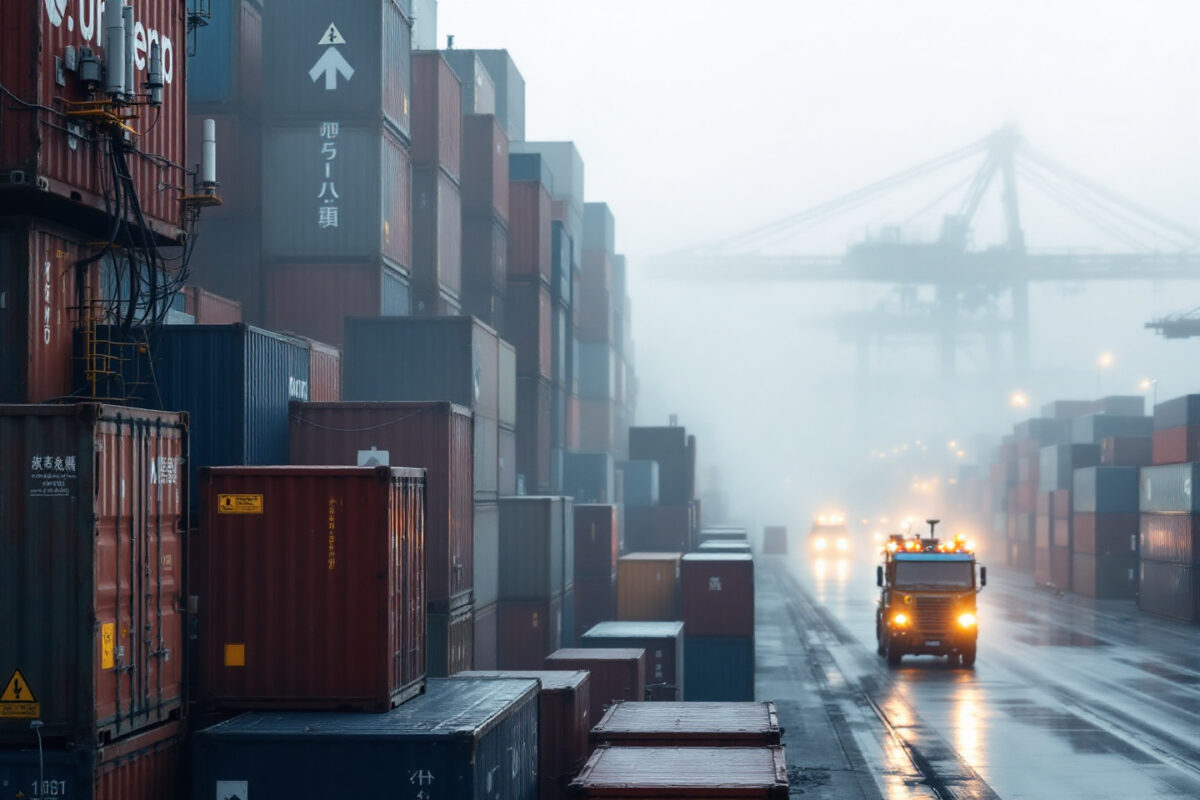When a busy UK port came to us with a problem — full site connectivity, no infrastructure, and not enough time — we knew this wasn’t a job for traditional fibre. It was a job for mobile, self-healing wireless mesh.
Why Ports Are So Tough
If you’ve ever worked in or around a port, you know the challenges:
- Constant movement: ships docking, containers shifting, forklifts zipping around
- Interference: thick metal structures, water reflections, unpredictable layout
- Harsh conditions: salt, rain, dust, vibrations, and industrial noise
- High expectations: mission-critical systems must stay online — CCTV, gate access, radio comms, and operational networks
Traditional fibre takes time. Trenching disrupts operations. And leased lines are costly and slow to provision. In this case, the port couldn’t wait weeks — they needed a solution now.
The Wireless Mesh Solution
We deployed an industrial-grade wireless mesh network. It took less than a day to install:
- No digging, no cabling
- Rugged wireless nodes placed on light poles and containers
- Nodes automatically discovered each other and formed a resilient mesh
- Data routed dynamically to maintain optimal performance, even with environmental changes
The Outcome
Within 24 hours:
- CCTV was streaming clearly from every corner of the port
- Access control systems were fully online
- Operational staff had consistent voice and data access across the site
No trenching. No delay. No compromise.
Lessons for Other Sectors
This isn’t just about ports. The same solution works for:
- Construction sites
- Outdoor events and festivals
- Military training zones
- Emergency response operations
- Infrastructure upgrades in remote areas
Any site that’s:
- Large and open
- Difficult to trench
- Constantly evolving
- Dependent on real-time systems
…can benefit from the speed and flexibility of mesh wireless.
Conclusion
We’ve entered a new era where reliable wireless infrastructure doesn’t have to mean massive install costs and delays. In critical environments like ports, agility is everything — and that includes your network.
If you need to get a site online fast, and the words “Openreach lead time” make your stomach drop, we should talk.
